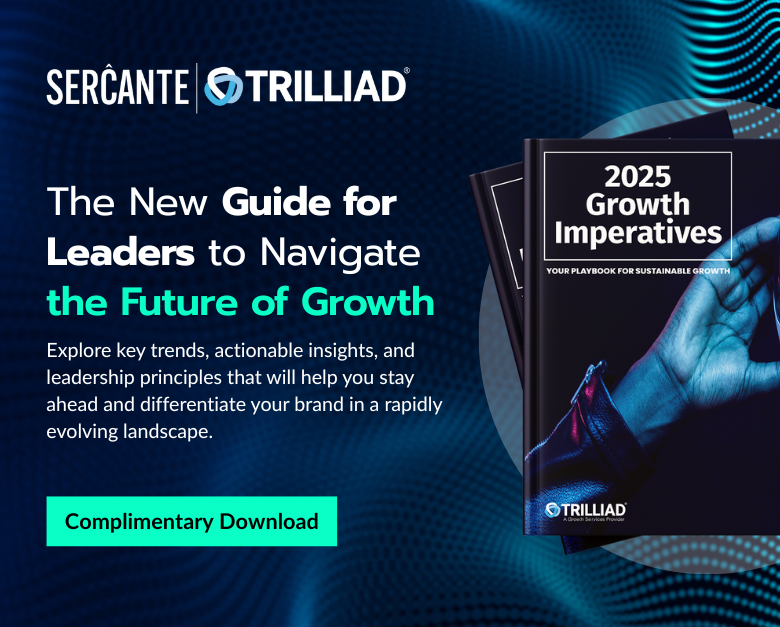Salesforce Marketing Cloud Personalization (Interaction Studio) is a fantastic platform to add to your marketing toolset. But starting a Marketing Cloud implementation can be daunting, especially when it is as complex as Personalization.
The following sections of this article will detail the implementation approaches available, provide indicative timelines and outline example use cases. However, if you’re wanting to understand a little more about what the tool can offer, you can check out my last article – Salesforce Marketing Cloud Personalization (Interaction Studio): A Beginner’s Guide.
SFMC Personalization Implementation Methods
With any platform like SFMC Personalization, which promises Real-Time Personalization and AI Recommendations, it’s easy to get carried away with what it can offer. However, the key takeaway from this article is that you should focus on what you and your company can achieve, which is particularly important given the tricky interdependencies you’ll face when implementing Personalization.
In a nutshell, the approaches vary from minimal viable product (MVP), where the goal is to implement a baseline as quickly as possible and then build upon it in future iterations, all the way to future-state implementation (FSI), where you depend on use cases to drive large-scale transformation. There is also a halfway house approach of implementing an As-Is, for those who may sit between the two methods above.
Marketing Cloud Personalization Discovery Questions
Thankfully, understanding which method may suit your needs can be easily identified by answering a few simple discovery questions — as laid out by Salesforce in their Implementation of Marketing Cloud Personalization Trailhead.
These helpful questions allow you to ascertain which method will best suit your needs, including:
- How often does your company change its website?
- Do you have easy access to developer resources?
- Are you migrating from an existing tool?
- Do other platforms need to be integrated?
What you’ll find is:
- MVP is great for companies making constant changes to their website, have easy access to developers, and are not migrating from an existing personalization platform. In other words, it’s a viable method for those who are perhaps new to real-time personalization.
- As-Is is great for companies that don’t have immediate access to developers, are looking to migrate from one tool to another and have a few live personalization campaigns ready to migrate.
- FSI is the preferred option for companies that less frequently change their website, have limited access to developers, are looking to integrate Personalization with multiple clouds (Marketing, Sales or Service), and have external data sources that need to be integrated.
Marketing Cloud Personalization Implementation Roadmap
Obviously, the implementation roadmap will vary depending on the scope of your project and the implementation approach you’ve decided to use. However, there are some key milestones that will occur in all implementations, as shown in the diagram below, which is based on a typical net-new Personalization implementation with 2-3 use cases.
Roadmap Diagram
From the diagram above, the two key milestones I’d pay the most attention to are the Use Case Discovery and the Blueprint Development.
Regardless of the implementation method, defining a handful of clear and precise use cases before beginning the build is key to ensuring success. As mentioned, it’s easy to get caught up with the wide range of functionality Personalization offers. That’s why understanding the desired outcome is the most effective way of running a successful implementation and ensuring your company gets the most out of the platform. I’ll go on to share a few examples of good use cases later on.
The blueprint document goes hand-in-hand with the sitemap — which is debatably the most crucial part of Personalization. The blueprint helps define which page categories exist, which triggers exist on those pages, what data can be scraped and where it can be scraped from (i.e. DOM vs Data-Layer) for each visit.
Thankfully, to aid with your implementation, the Salesforce Partner Portal can provide a useful template that helps capture all of the information necessary to create your sitemap, and for implementing Personalization. The template covers everything from page types and content zones to events and attributes, and most importantly, where they can be found on your website to make it easier for the developers building the sitemap.
Use Cases
Without sounding like a broken record, use cases can make or break a Personalization implementation. During my first implementation of Personalization, the goal I was given was to deliver Real-Time Web Personalization aka Personalization.
There were no clear KPIs, the website was static and there was nothing to encourage returning visitors, and it made any experiences based on previous visits practically void. The end result was that our very expensive personalization engine sat on the shelf until we revisited the drawing board.
Defining Your Use Cases
In order to avoid making my mistake, don’t be afraid to get granular with your use cases. Once established, it’s easier to build on top of existing use cases with future iterations. So really think about the following aspects when defining your use cases:
- Objective – What is it you’re trying to achieve with your personalization? Is it to increase the value per order? Or perhaps to encourage more users to download your app?
- KPIs – How are you going to measure the success of your personalization? Is it based on the number of successful completions? What percentage increase in order value would be considered successful?
- Approach – Once you know what you’re trying to achieve, you then need to consider the approach. Is it based on visitors from a particular source (Rule-Based) or is it based on trending products (Recipe-based)?
- Measurement Approach – There’s no point in creating a personalized experience if there is no control to measure success. Consider what an adequate sample might look like and how long the campaign might last.
- Channels – Is this going to be a web- or mobile-led campaign?
There’s no right or wrong answer for use cases and it completely depends on your company’s objectives. But for a typical net-new implementation, 2-3 concise use cases similar to the ones below is a good starting point.
Use Case Definition Example
| Use Case | Approach | Channels | KPI | Measurement Approach |
| Encourage users to complete the onboarding application | Rules Based | Web, Email | No. clicks on CTA, no. applications started, no. applications completed | 50% personalized, 50% control |
| Encourage mobile app downloads | Rules Based | Web, Mobile App, Email | No. clicks on CTA, no. app downloads | 50% personalized, 50% control |
Once you’ve defined your use cases, keep referring back to them throughout the implementation and when developing your blueprint. The use cases will help keep your implementation focused on the end goal, and help your developers build a sitemap that will be fit for purpose.
Planning is Key to a Successful SFMC Personalization Implementation
As you’ve probably gathered by now, successfully implementing Personalization is closely linked with planning. Defining clear and concise use cases as well as developing an accurate and detailed blueprint, both of which are milestones during the Discovery Phase, are imperative for a smooth implementation. This is true regardless of your chosen implementation method.
As final food for thought, don’t forget to consider your implementation team. Being the tool that it is, Personalization implementations often begin in the marketing department as it’s the marketers who want real-time personalization capabilities. However, even large marketing teams with wide-ranging skill sets will not be able to deliver Personalization alone.
The Personalization Sitemap will require JavaScript developers. Building ETLs will require support from data architects. CRM integration will require CRM administrators. And creating experiences, although there are ready-made templates, may also require HTML and CSS experts. So, consider including wider teams early on in the implementation.
Not only will this help to ensure that those resources are available to support and understand the ask, but it may also help to define use cases that are more relevant and that are also technically viable.
Need help filling the gaps on your team through your Salesforce Marketing Cloud Personalization implementation? Reach out to team Sercante to get their experts on the case.










